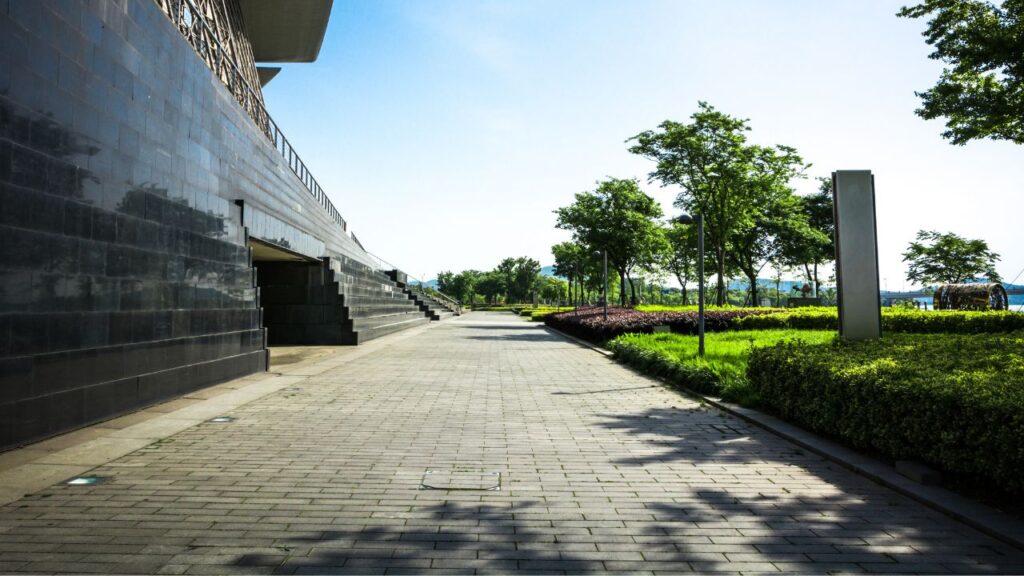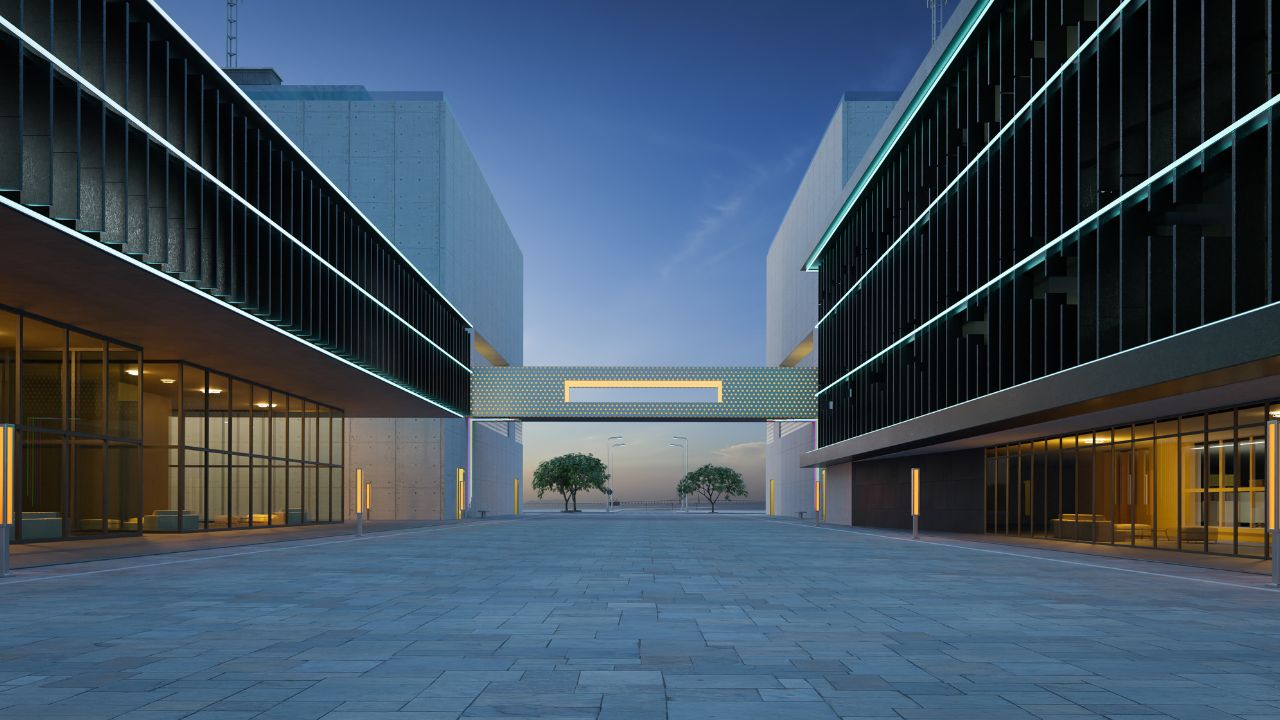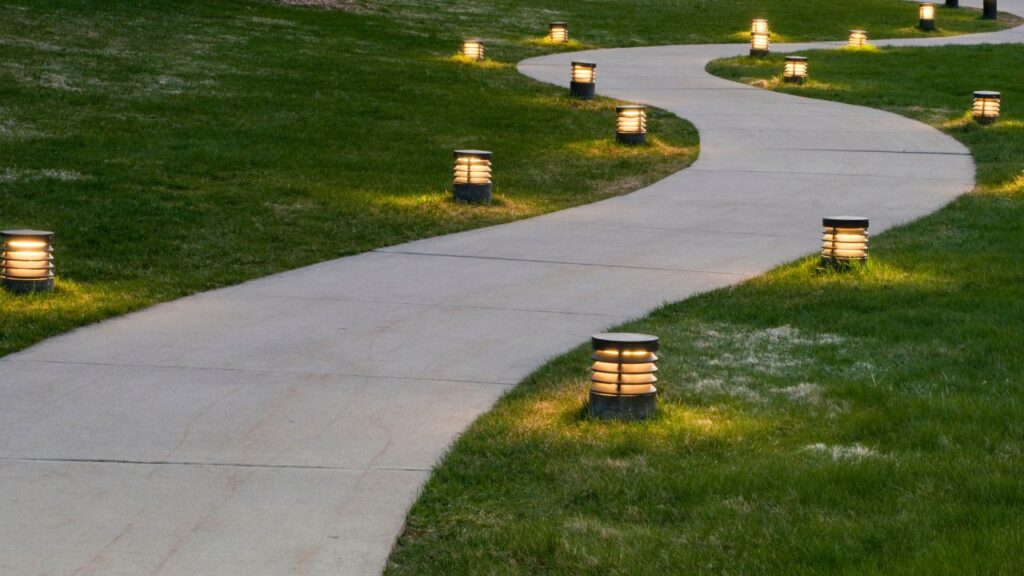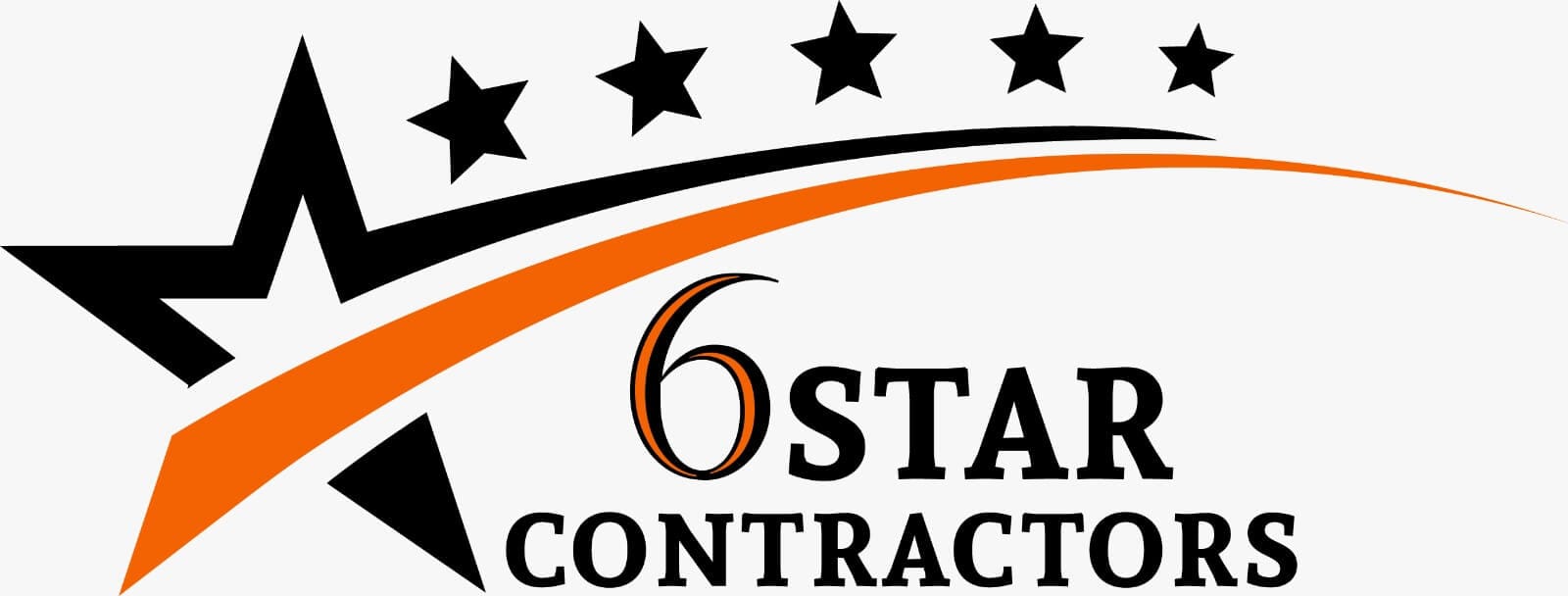Bid Strong, Bid Smart – Try Our Concrete Cost Estimating Service!
- Accurancy
- Efficiency
- Transparency
- Customization
- Time Saving
- Professionalism
- Cost Control

Constructing a hotel involves meticulous planning, and among the essential features, sidewalks and walkways play a pivotal role in both functionality and aesthetics. In this article, we delve into the factors influencing the cost of concrete sidewalks and walkways in hotel construction, providing valuable insights for developers, architects, and project managers.
Several factors contribute to the overall cost of constructing sidewalks and walkways in a hotel setting. Understanding these elements is essential for effective cost management and ensuring a successful construction project.
The intricacy of the design significantly influences construction costs, as it introduces unique patterns, textures, or non-standard shapes that may require specialized formwork and skilled labor. These distinctive elements contribute to increased expenses, making it crucial to strike a delicate balance between achieving an appealing design and adhering to budget considerations. Collaboration between architects, designers, and construction teams becomes essential to align aesthetic aspirations with a realistic and economically viable construction plan.

The journey into intricate designs unfolds as a meticulous exploration, where each curve and contour becomes a strategic decision, blending creativity with fiscal responsibility.
The choice of concrete and reinforcing materials is a pivotal cost determinant in sidewalk and walkway construction. Opting for high-quality concrete or specialized mixes may result in higher costs per cubic yard, but this investment offers enhanced durability and longevity. The potential reduction in long-term maintenance expenses offsets the initial higher costs, establishing a nuanced relationship between material quality and economic considerations. Conducting a thorough cost-benefit analysis is crucial for developers and project managers to strike the right balance, ensuring that the selected materials align with the overarching goals of the project while maintaining a judicious approach to budget constraints.

Fully Insured Licensed
Hotal Construction Contractor

Make Informed Design Decisions Showcase Your Design Ideas
Get RenderingThe dimensions and layout of sidewalks and walkways have a direct impact on material and labor requirements, consequently influencing overall costs. Larger or intricate pathways necessitate a greater volume of concrete and additional labor for their realization, contributing significantly to elevated expenses. Efficient planning and meticulous optimization of the layout become imperative strategies in managing costs effectively. Architects and project planners engage in a comprehensive review of space utilization, ensuring that every square meter serves a purpose without unnecessary extravagance. Orchestrating efficiency in dimensions becomes a collaborative endeavor where practicality converges with aesthetic aspirations, ultimately determining the economic feasibility of the sidewalk and walkway construction.
The condition of the site and the extent of preparation required wield considerable influence over construction costs. Excavation, grading, and proper foundation preparation are critical steps that, if extensive, can contribute significantly to increased expenses. Proactive site preparation becomes a strategic phase where developers weigh the cost implications of comprehensive groundwork against the potential challenges that may arise during construction. Investing in thorough site preparation lays the foundation for a smoother construction process, minimizing unforeseen costs and ensuring a solid groundwork for the sidewalk and walkway.
The choice between traditional on-site pouring and modern methods, such as prefabrication, introduces varied cost dynamics. While on-site pouring may align with conventional construction practices, it may involve longer timelines and potentially higher labor costs. In contrast, prefabrication offers the potential for streamlined installation processes, potentially reducing labor costs and accelerating construction timelines. However, this approach brings its considerations, including transportation and assembly logistics.

Navigating this decision-making process involves a delicate balance between efficiency, cost-effectiveness, and adherence to project timelines. Developers weigh the advantages and drawbacks of each methodology, selecting the one that aligns with the overarching goals of the project and ensures an optimal blend of structural integrity and cost-effectiveness.
Implementing cost-saving strategies is crucial for optimizing the construction of hotel sidewalks and walkways:
In the pursuit of an optimal design, collaboration becomes paramount, involving a close partnership between architects and designers. This collaborative effort goes beyond conventional boundaries, aiming to achieve a design that not only captivates aesthetically but also ensures cost efficiency. Architects delve into the nuances of efficient design, seeking innovative ways to minimize the need for excessive materials and labor without compromising the intended aesthetic impact. The intricate dance between form and function requires a comprehensive understanding of both visual aspirations and budget constraints. This collaborative precision becomes the cornerstone of a project, ensuring that it stands as a visual masterpiece while aligning seamlessly with economic considerations, offering stakeholders the best of both worlds.
Selecting construction materials is a strategic endeavor that involves a delicate balance between performance requirements and cost considerations. The decision-making process unfolds as developers engage in a thorough cost-benefit analysis, aiming to determine the most economical options without sacrificing quality. The materials chosen become key contributors to the project’s longevity and structural integrity. Navigating this fine line between performance and economy ensures that every investment in construction materials aligns with the overarching goals of the project. This fosters a harmonious blend of durability, aesthetics, and budgetary prudence, ultimately contributing to the success and sustainability of the construction.

Exploring efficient construction methods represents a proactive approach aimed at streamlining the installation process and reducing labor costs. Prefabrication emerges as a notable method, offering the advantage of manufacturing elements off-site. This not only saves valuable time but also optimizes the allocation of resources. The strategic adoption of efficient construction methods represents a forward-thinking approach, aligning with the broader goal of enhancing cost-effectiveness without compromising structural integrity. Developers embark on a journey where the construction process itself becomes a testament to innovation, efficiency, and a commitment to optimal resource utilization.
Investing in thorough site preparation is a proactive strategy aimed at minimizing unexpected challenges during construction. The condition of the site and the extent of preparation required wield considerable influence over construction costs. Excavation, grading, and the meticulous preparation of the foundation are critical steps that, if extensive, can contribute significantly to increased expenses. A proactive approach to site preparation involves addressing soil conditions and ensuring a well-prepared foundation, laying the groundwork for a seamless construction process. This investment in the initial stages pays dividends in preventing costly issues that may arise later in the project, contributing significantly to overall cost control and the project’s long-term success.
Here are general cost ranges:

It’s crucial to note that these figures serve as initial reference points, and the actual cost may vary based on factors such as design complexity, material selection, and site-specific considerations. Consider these values as starting points, with the potential for the actual cost to be higher or lower based on your project’s unique requirements.
Constructing sidewalks and walkways in hotels demands a careful interplay between aesthetics and cost considerations. These pathways are integral to guest experiences, impacting safety and visual appeal. Implementing cost-saving strategies, optimizing design, ensuring material efficiency, adopting efficient construction methods, and proactive site preparation are crucial for success. While cost estimates provide a starting point, recognizing their variability based on specific project needs is essential. The journey involves a delicate balance, ensuring that hotel pathways achieve both functionality and cost-effectiveness.
Hotel sidewalks and walkways go beyond functional pathways; they contribute significantly to the first impression guests have of a property. Their design and quality impact both safety and visual appeal, making them integral elements for enhancing the overall ambiance.
The intricacy of design introduces unique patterns, textures, or non-standard shapes, often requiring specialized formwork and skilled labor. Achieving a balance between an appealing design and budget considerations involves collaboration between architects, designers, and construction teams.
Material selection is crucial, balancing quality and economic considerations. Opting for high-quality concrete or specialized mixes may incur higher initial costs but can offer enhanced durability, longevity, and potential long-term cost savings.
Larger or intricate pathways require more concrete and additional labor, leading to increased expenses. Efficient planning and optimization of layout become essential strategies to manage costs effectively and ensure that every element serves its purpose without unnecessary extravagance.hile minimizing the use of concrete can contribute to cost savings. Working closely with architects and engineers to explore options that provide stability without unnecessary excess helps enhance overall project sustainability.
The choice between traditional on-site pouring and modern methods, like prefabrication, introduces varied cost dynamics. While on-site pouring aligns with conventional practices, prefabrication can streamline the process, potentially reducing labor costs. The decision involves a delicate balance between efficiency, cost-effectiveness, and adherence to timelines.
Optimizing design through collaboration, selecting materials strategically based on cost-benefit analyses, exploring efficient construction methods, and investing in proactive site preparation are key strategies. These approaches contribute to achieving both aesthetic appeal and long-term cost-effectiveness in sidewalk and walkway construction.
Here I am going to share some steps to get your hotel sidewalk and walkway concrete cost estimate report.
You can send us your plan on info@estimatorflorida.com
Before starting your project, we send you a quote for your service. That quote will have detailed information about your project. Here you will get information about the size, difficulty, complexity and bid date when determining pricing.
Our team will takeoff and estimate your project. When we deliver you’ll receive a PDF and an Excel file of your estimate. We can also offer construction lead generation services for the jobs you’d like to pursue further.



561-530-2845
info@estimatorflorida.com
Address
5245 Wiles Rd Apt 3-102 St. Pete Beach, FL 33073 United States
561-530-2845
info@estimatorflorida.com
Address
5245 Wiles Rd Apt 3-102 St. Pete Beach, FL 33073 United States
All copyright © Reserved | Designed By V Marketing Media | Disclaimer